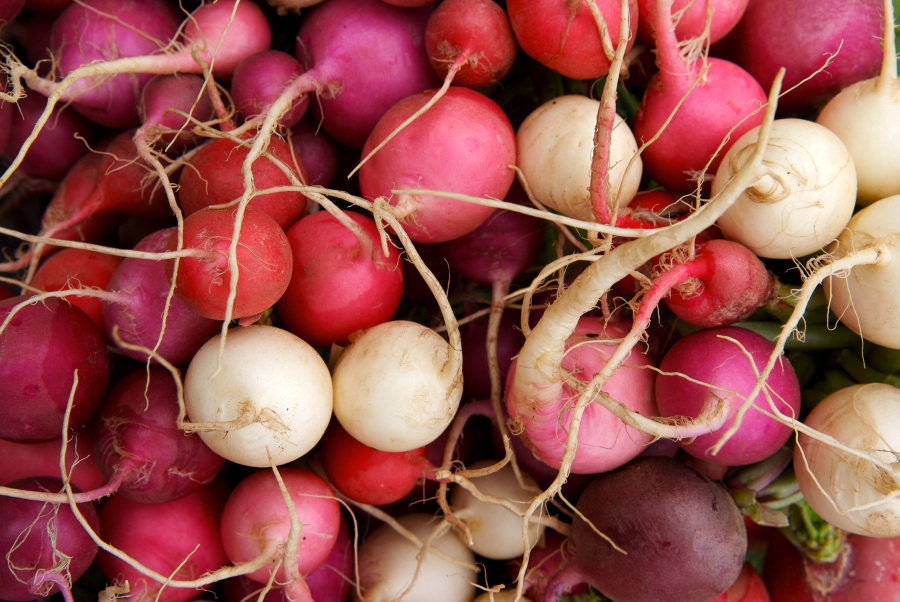Recipe by Melissa Clark of The New York Times.
3 pounds center-cut beef tenderloin, boneless rib roast or center-cut London broil, trimmed
2 teaspoons kosher salt, more as needed
1 1/2 teaspoons black pepper
Finely grated zest of 1 lemon
2 garlic cloves, finely grated on a microplane or mashed
3 large leeks, white and light green parts, trimmed, halved lengthwise and rinsed
1 tablespoon extra-virgin olive oil
1/2 cup dry white wine
5 cups mixed root vegetables, such as parsnip, carrot, turnip, celery root and rutabaga, trimmed, peeled and cut into 3/4-inch chunks (1 1/2 pounds trimmed)
10 smashed and peeled garlic cloves
6 cups good-quality beef stock (or chicken stock in a pinch)
1 small bunch thyme, tied with kitchen twine
1 bay leaf
Lemon juice, as needed
Coarse sea salt, as needed
Chopped chives, for garnish
For the fresh horseradish and beets:
1 medium horseradish root (about 10 ounces), peeled and cut into large chunks
1 small raw beet, peeled
2/3 cup white wine vinegar
1 1/2 tablespoons granulated sugar
1/2 teaspoon kosher salt
For the aioli:
1 large egg, at room temperature
1 large egg yolk, at room temperature
Juice of 1/2 lemon
1/2 teaspoon kosher salt
1 cup extra-virgin olive oil
Prepare the beef: Pat the beef dry and season all over with salt, pepper, lemon zest and grated garlic. Cover with plastic wrap and refrigerate at least 1 hour or overnight.
Prepare the fresh horseradish and beets: In a food processor fitted with the grating blade, grate horseradish and beet. Replace the grating blade with the food processor chopping blade. Add vinegar, sugar and salt. Process until mixture is finely chopped, stopping occasionally to scrape down the sides of the bowl, 2 to 3 minutes.
Prepare the aioli: In a medium bowl, whisk together egg, egg yolk, lemon juice and salt. Whisking constantly, add oil in a thin, steady stream until fully incorporated. (Or do this in the blender if you prefer.) Aioli should be emulsified, but somewhat loose. Stir in 2 to 4 tablespoons horseradish mixture, to taste; reserve remaining horseradish mixture and serve alongside aioli and beef. Chill aioli until needed; it will keep for up to 5 days.



